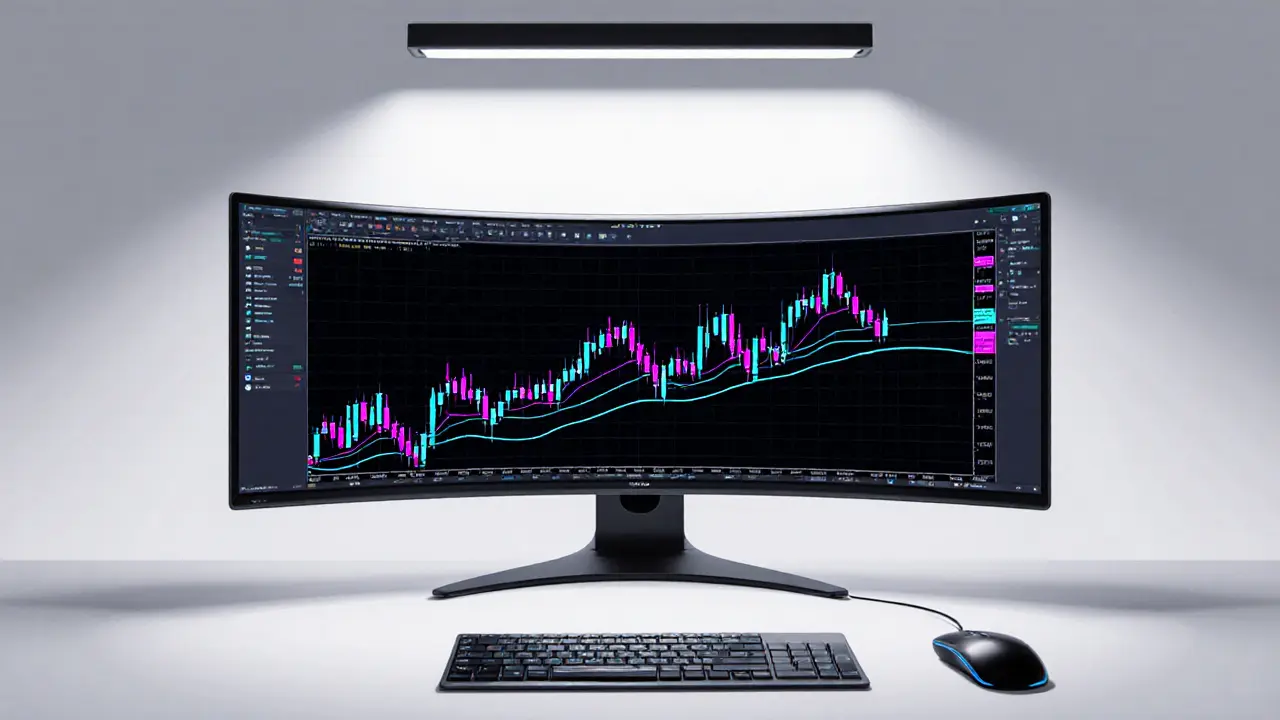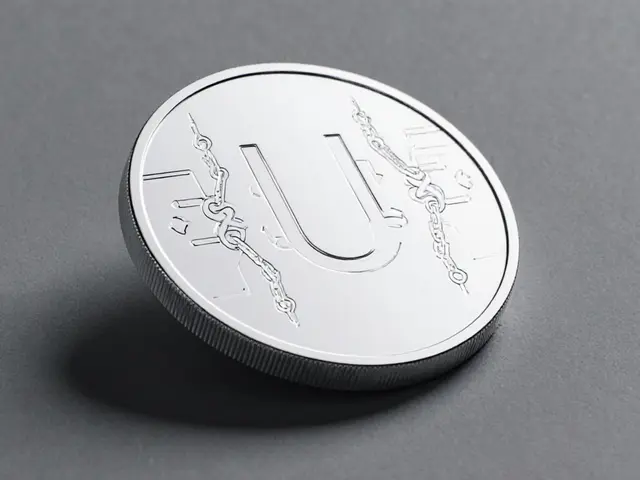Crypto Derivatives: A Practical Overview
When diving into crypto derivatives, financial contracts that derive value from underlying cryptocurrencies. Also known as digital derivatives, they let traders hedge, speculate, or gain exposure without actually holding the base coin. Crypto derivatives encompass a range of products, from simple futures to complex options and perpetual swaps, each designed for a specific trading goal. Understanding these tools is key because they shape most of the volume on major platforms and influence price movements across the market.
Key Types of Crypto Derivatives
Crypto futures are contracts that lock in a price for buying or selling a crypto asset at a set date in the future. They require margin and a futures‑compatible exchange, and they let you profit from both rising and falling markets. Crypto options give the right, but not the obligation, to buy (call) or sell (put) at a predetermined strike price before expiration, offering limited risk with upside potential. Perpetual swaps blend futures with no expiry; they stay tethered to the spot price through periodic funding rates that flow between long and short positions. These three pillars—futures, options, and perpetual swaps—form the backbone of the crypto derivatives ecosystem and drive most of the trading activity you’ll see on venues like Binance, Bybit, or Deribit. Together they support strategies such as hedging a Bitcoin exposure, leveraging a short‑term rally, or earning yield from funding payments.
The market for crypto derivatives is rapidly expanding, and regulators worldwide are paying close attention. In the U.S., the CFTC treats many futures and swaps as commodities, while options often fall under SEC jurisdiction. This regulatory overlay adds another layer of complexity: traders must consider not only contract specifications but also compliance requirements, margin rules, and reporting obligations. Risk management is equally vital—leverage can amplify gains, but it also magnifies losses, so setting stop‑losses and understanding liquidation triggers is a must. Beyond speculation, institutions use derivatives to lock in prices for large crypto holdings, smooth earnings volatility, or gain exposure without moving funds on‑chain. Whether you’re a beginner looking for a simple futures contract or an experienced prop trader juggling multiple options spreads, the right derivative can match your strategy and risk appetite. Below you’ll find a curated list of articles that dive deeper into each product, offer step‑by‑step guides, compare platforms, and highlight the latest trends shaping the crypto derivatives space.
CoinUp.io Review: Crypto Exchange Features, Fees, Security & Comparison (2025)
A detailed 2025 review of CoinUp.io covering its features, fees, security, user experience, and how it compares to major crypto exchanges.
View More




